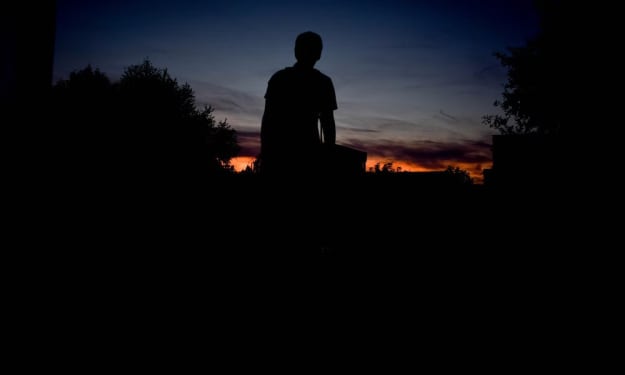Pink seesaws across US-Mexico border named Design of the Year 2020
Creators say they hope the work encourages people to build bridges between communities

A collection of bright pink seesaws that allowed people to interact over the US-Mexico border has won the prestigious Design of the Year award, with its creators saying they hoped the work encourages people to build bridges between communities.
The Teeter Totter Wall, which bridged across El Paso in Texas and Ciudad Juárez in Mexico during a 40-minute session, was described as not only feeling “symbolically important” but also highlighting “the possibility of things” by the judging panel.
The creators of the seesaws, Ronald Rael, a professor of architecture at the University of California, Berkeley, and Virginia San Fratello, an associate professor of design at San José State University, first came up with the idea a decade ago after the Secure Fence Act 2006, which started large-scale building on the border.
They said they hoped the design would help people reassess the effectiveness of borders and encourage dialogue rather than division. San Fratello said: “I think it’s become increasingly clear with the recent events in our country that we don’t need to build walls we need to build bridges.”
“Walls don’t stop people from entering our Capitol,” Rael added. “Walls don’t stop viruses from moving. We have to think about how we can be connected and be together without hurting each other.”
Videos of people interacting and playing across the border on the day-glo creations went viral in July 2019, with Rael saying they provided “a literal fulcrum” between the countries. The bright pink colouring was inspired by the femicide memorials in Ciudad Juarez, which pay homage to women murdered in the city.
The designers also took inspiration from political cartoonists and wanted to talk about the border issue in “a very frank way but using humour”.
The border wall has become a legacy issue for Donald Trump, however the designers point out that both George W Bush and Barack Obama built large stretches of barriers and deported thousands of people.
Rael said: “[Trump] ran on a platform of saying that he was going to build a wall as if some Saviour had finally arrived to build a wall but in fact two thirds of the wall had already been constructed.”
In one of his last trips as President, Donald Trump visited part of the border wall in Texas’ Rio Grande Valley with his administration boasting about having kept the president’s promise to build a “big, beautiful wall”.
According to the US Customs and Border Protection (CBP) more than 450 miles of wall had been erected during Trump’s tenure, however much of the construction replaced barriers that were already in place. The CBP stated that there were only 80 miles of barrier in areas which had previously had none.
In light of these events, Rael San Fratello's project once again takes on a particular significance, with the Design Museum's chief executive and director Tim Marlow describing it as an "inventive and poignant reminder of how human beings can transcend the forces that seek to divide us."
"It's become increasingly clear that walls don't work," San Fratello added. "Walls did not keep the violent protestors out of our government buildings and they have not kept Covid out of our country. We should be building bridges, not walls."
"We are living in a time when people are longing for meaningful connections and we would like to think the teeter-totter can be an example for how we come together, to create balance and equality," she told Dezeen.
"Play can be an act of resistance"
Rael San Fratello worked with Mexico's Colectivo Chopeke to smuggle the seesaws into place, with one team coming from each side of the border to help slide the boards in between the tall, metal slats that divide El Paso in Texas from the Mexican city of Ciudad Juárez.
In a live interview as part of Dezeen's Virtual Design Festival last year, San Fratello revealed that the "guerilla project" never received official permission and was designed to be assembled as quickly and covertly as possible in case border patrol were to intervene.
The aim, San Fratello said, was to show that "play can be an act of resistance".
"The teeter-totters point out the atrocity of the border wall while simultaneously bringing people together to share in our common humanity," she added.
"We think the teeter-totters resonated with so many people around the world, including the judges, because as an act of resistance they were playful and positive. It was a message of joy and hope for the future."
People's Choice and digital category winner also designed as acts of protest
Several of the category winners at this year's Designs of the Year awards focused on topics of activism and protest, with the title of best digital design going to a performance piece called Un Violador en Tu Camino or A Rapist in Your Way.
Originally devised by Chile's Colectivo LASTESIS, the choreographed chant was a rallying cry against sexual and gender-based violence, which spread like wildfire across the internet and was performed by groups of women across Latin America, as well as in Istanbul, Paris and New York.
About the Creator
Z.a.i.n.t.z
🤞🏾Writing to 🧡share❤️ my dreams. 👌🏾💯






Comments (1)
What a great idea. Play is a great way to make connections for children and adults alike.